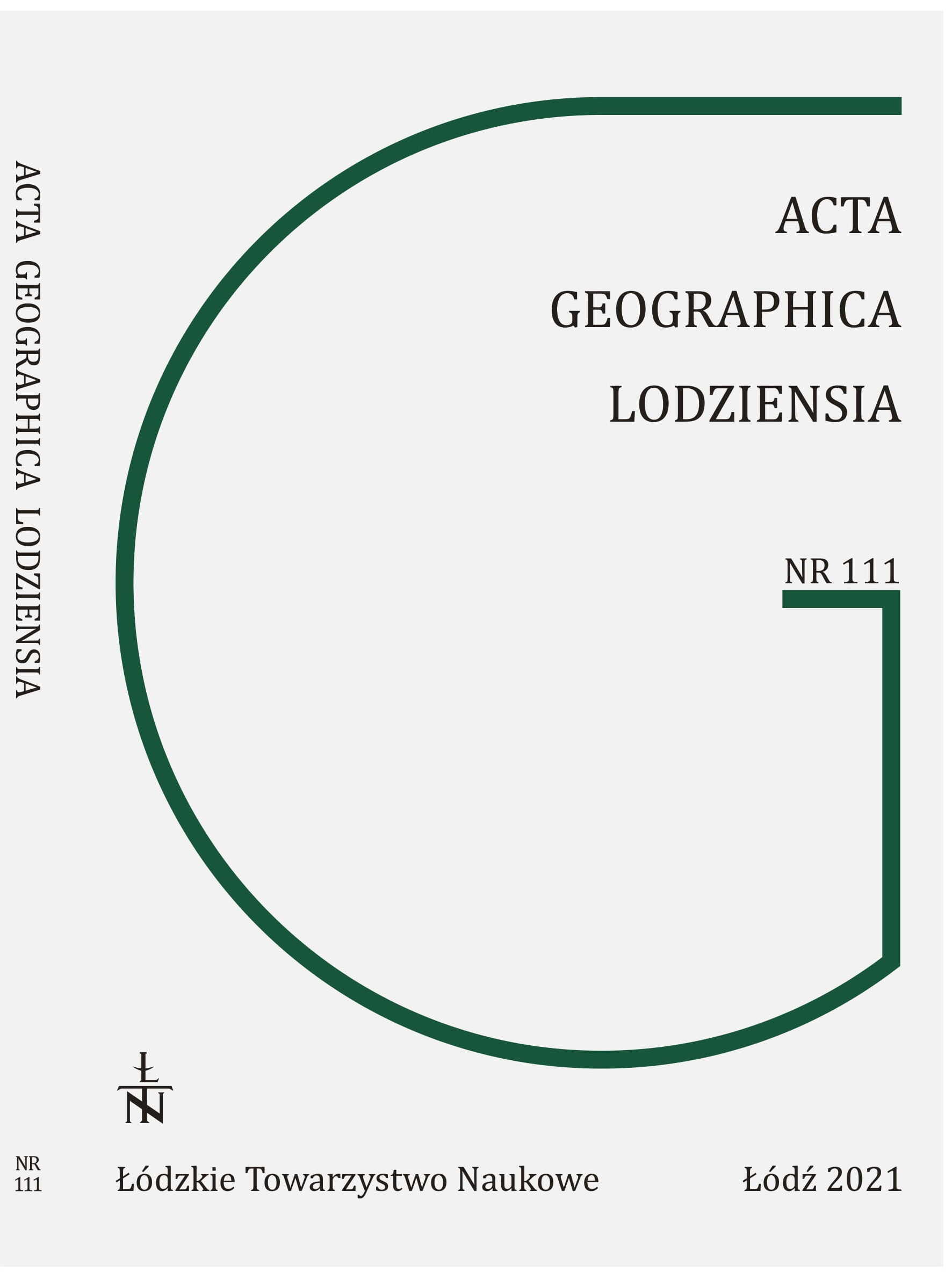Lithology and chemical composition of a Neoholocene palaeochannel infill within the Białka River valley, Kraków-Częstochowa Upland
Lithology and chemical composition of a Neoholocene palaeochannel infill within the Białka River valley, Kraków-Częstochowa Upland
Author(s): Piotr Cybul, Daniel OkupnySubject(s): Geography, Regional studies
Published by: Łódzkie Towarzystwo Naukowe
Summary/Abstract: Mires are common in the landscape of the Kraków-Częstochowa Upland, but they are rarely explored by Earth scientists. In addition to numerous morphological depressions filled with biogenic sediments, mires also occur within river valley, usually upstream from gaps. The intensification of marsh formation within the Białka River valley (left-side tributary of Krztynia, upper Pilica catchment) may have been influenced by the occurrence of poorly permeable, fluvial silty sands in the bedrock. Infilling of the studied depression at Młyny was accomplished via fluvial sedimentation characterised by local aggradation interrupted by carbonate precipitation, and sedentation of autochthonous organic matter. The former sediment type is represented mostly by mineral-organic aggraded silt with a dominant fine fraction, occurring mostly in the basal part of the studied core, and sand fraction in the top interval of the core, superjacent to calcareous-clay gyttja. Ash content reaches up to 87% and Fe concentrations are periodically elevated (30–48 mg/g). Calcium carbonate (CaCO3) also occurs in the studied oxbow mire deposit, exceeding 40% in some intervals, which indicates that a more important part was played by groundwaters in the water balance of the Białka valley. This periods were periodically interrupted due to higher flooding activity and recorded by mineral sediments characterised by specific granulometric composition, and an elevated percentage of organic matter deposited as rhythmists. Elevated concentrations of trace elements noted in a horizon dated at 1885±105 BP by means of radiocarbon dating may point to human impact on the environment due to the adaptation of economy to local conditions. The geochemical record of human activity is corroborated by archaeological data from various parts of the Białka valley catchment. The reason for the concentration of trace elements being highest in the top interval of the studied core is the intense economic development of Silesia-Kraków region, and the associated deforestation, mining and metallurgy.
Journal: Acta Geographica Lodziensia
- Issue Year: 2021
- Issue No: 111
- Page Range: 109-122
- Page Count: 14
- Language: English

